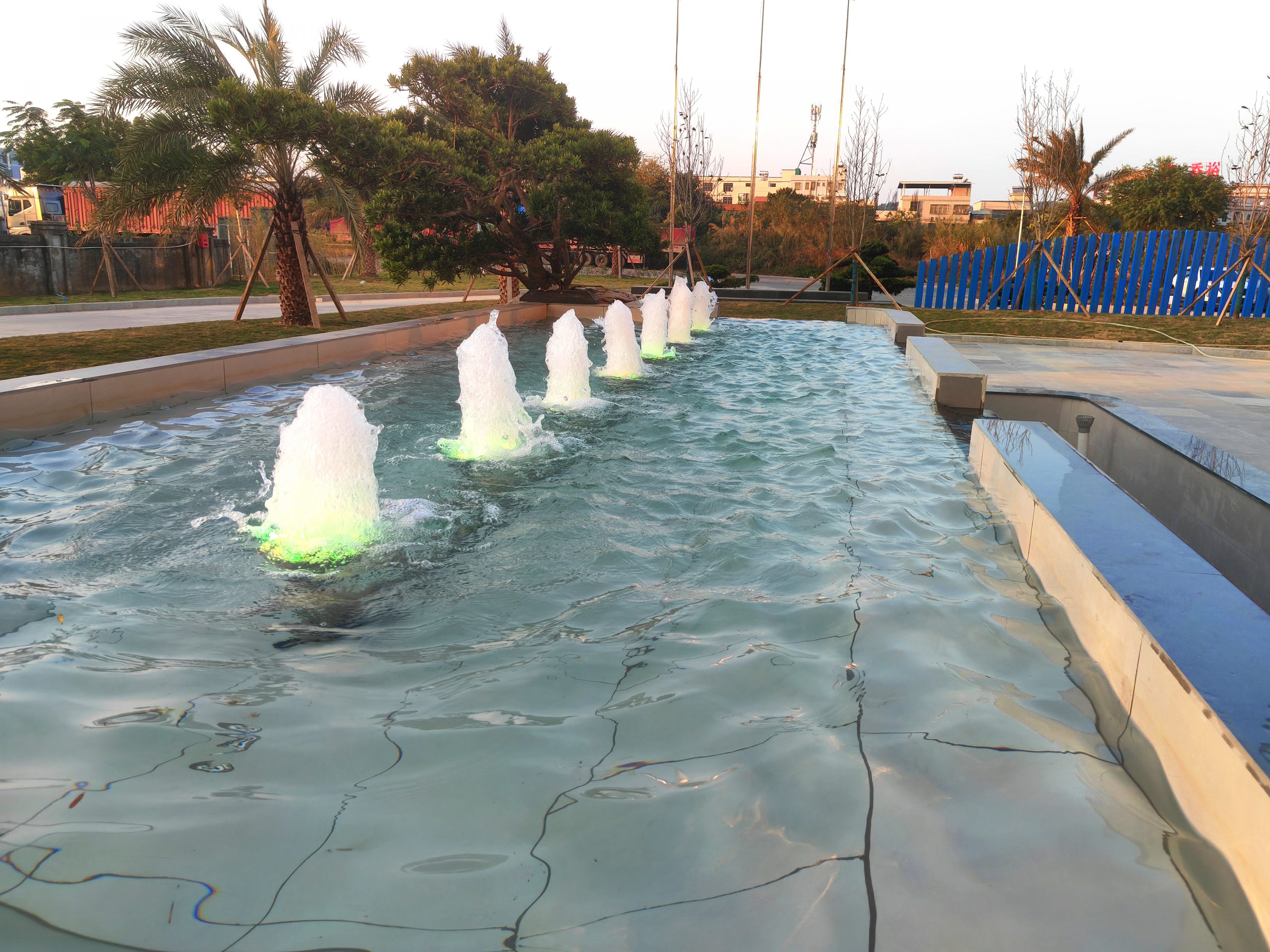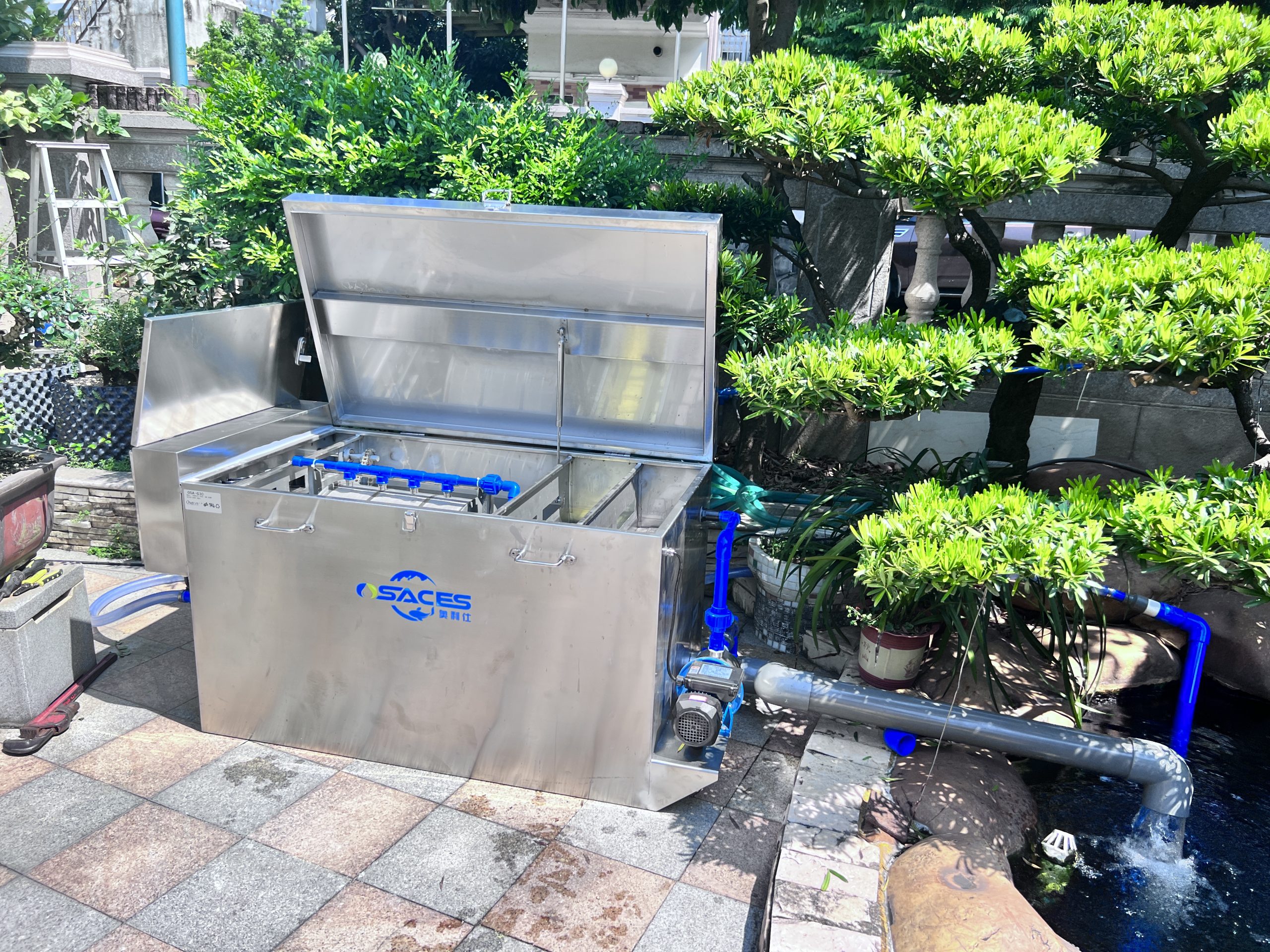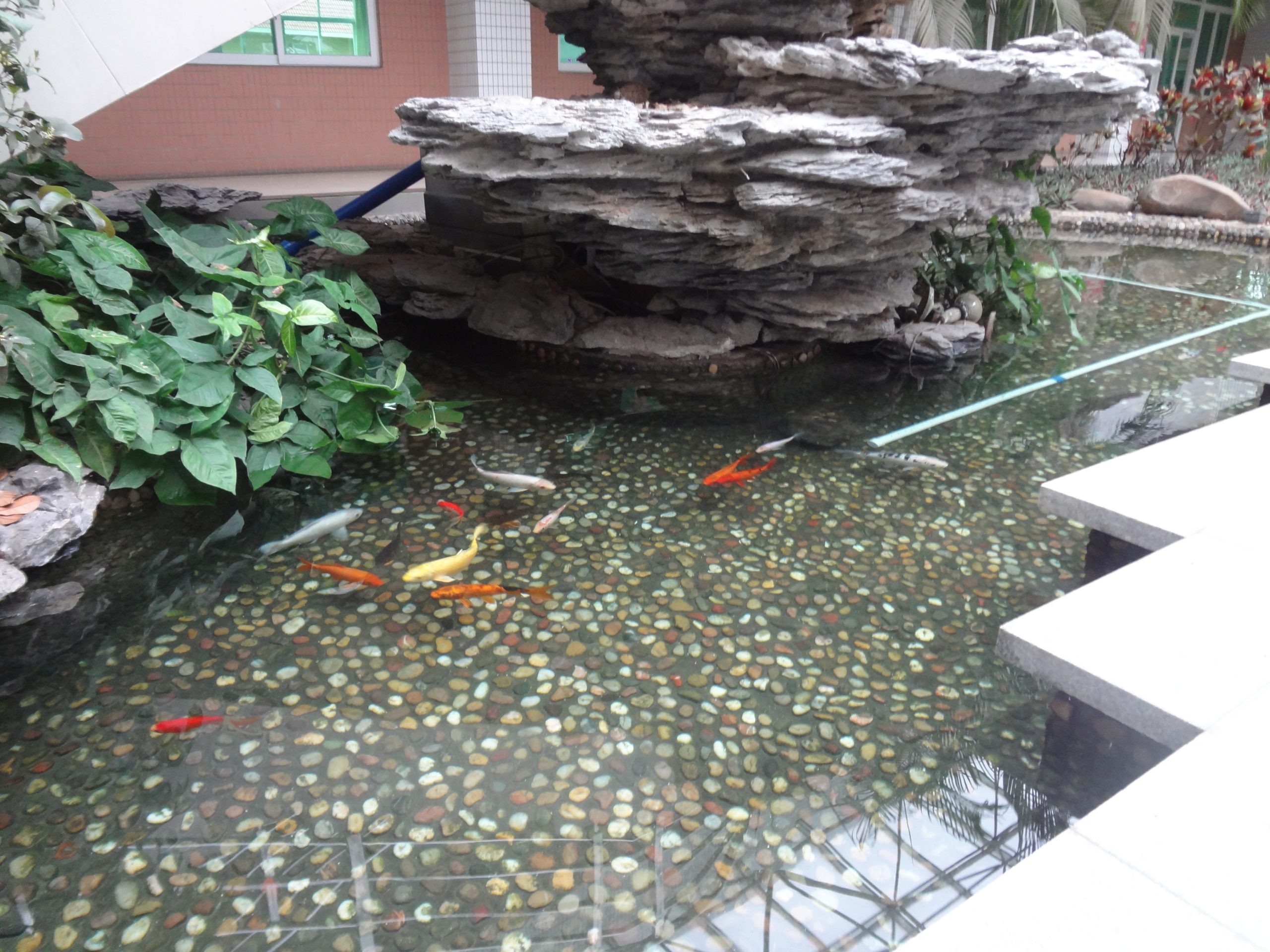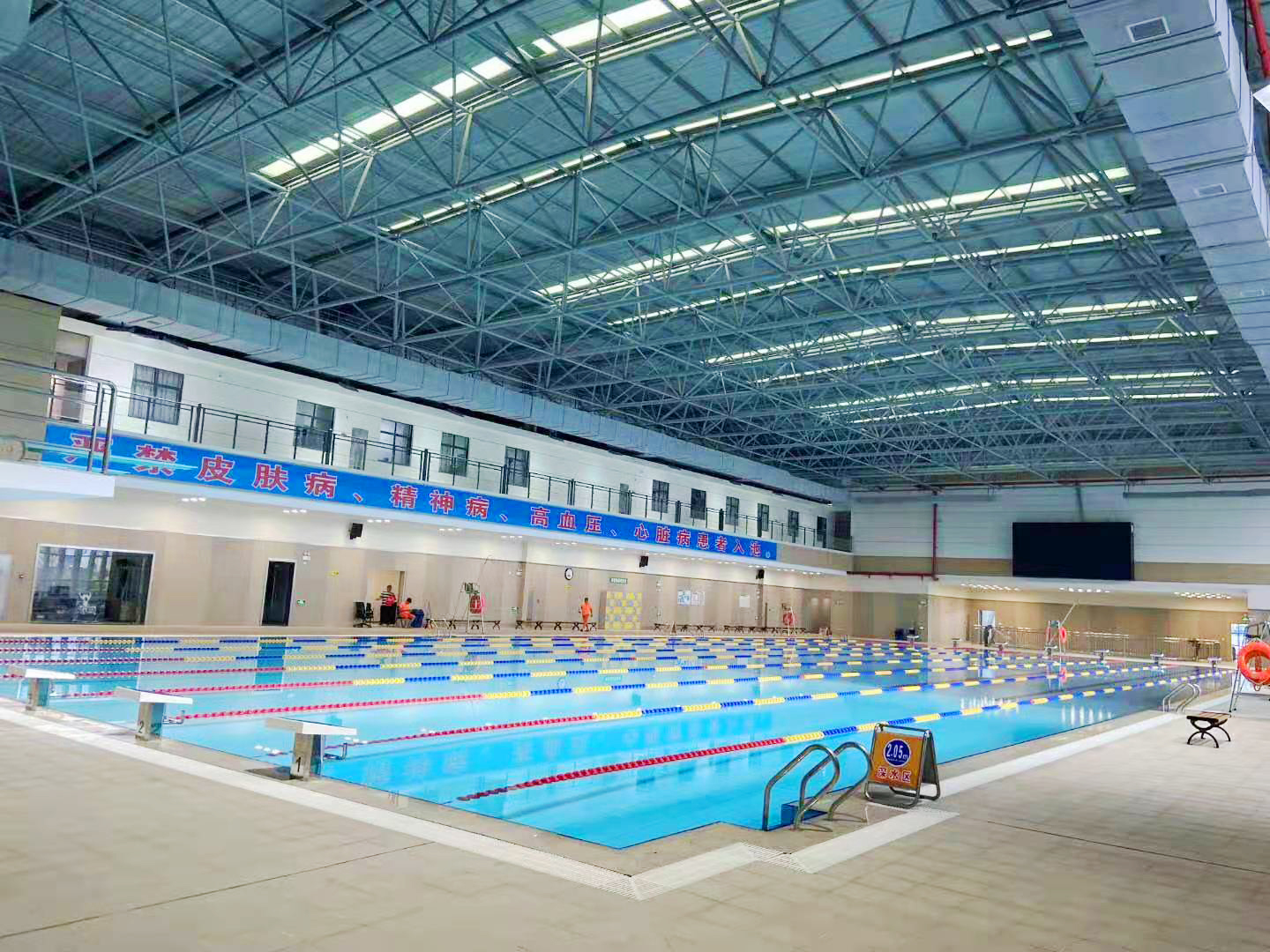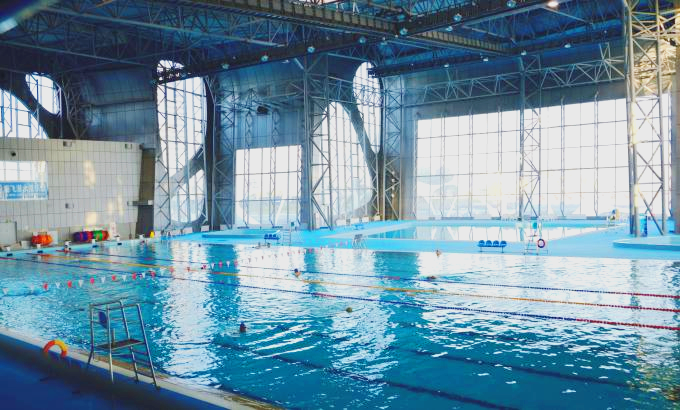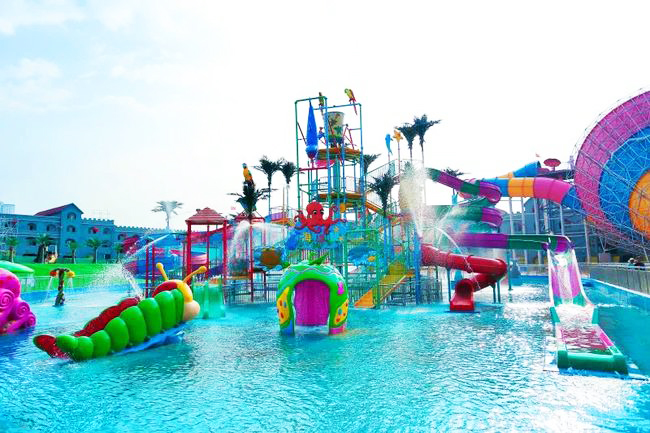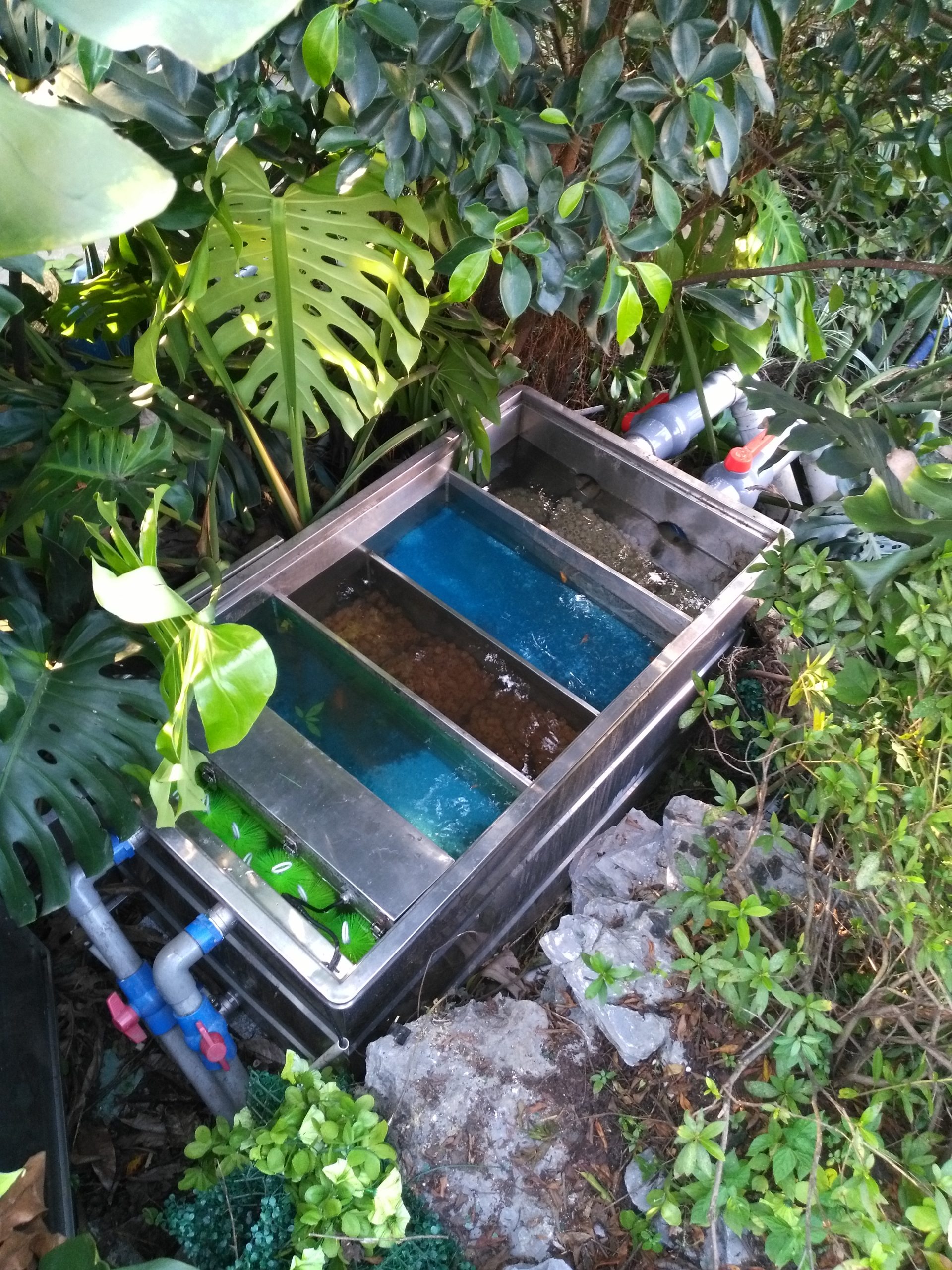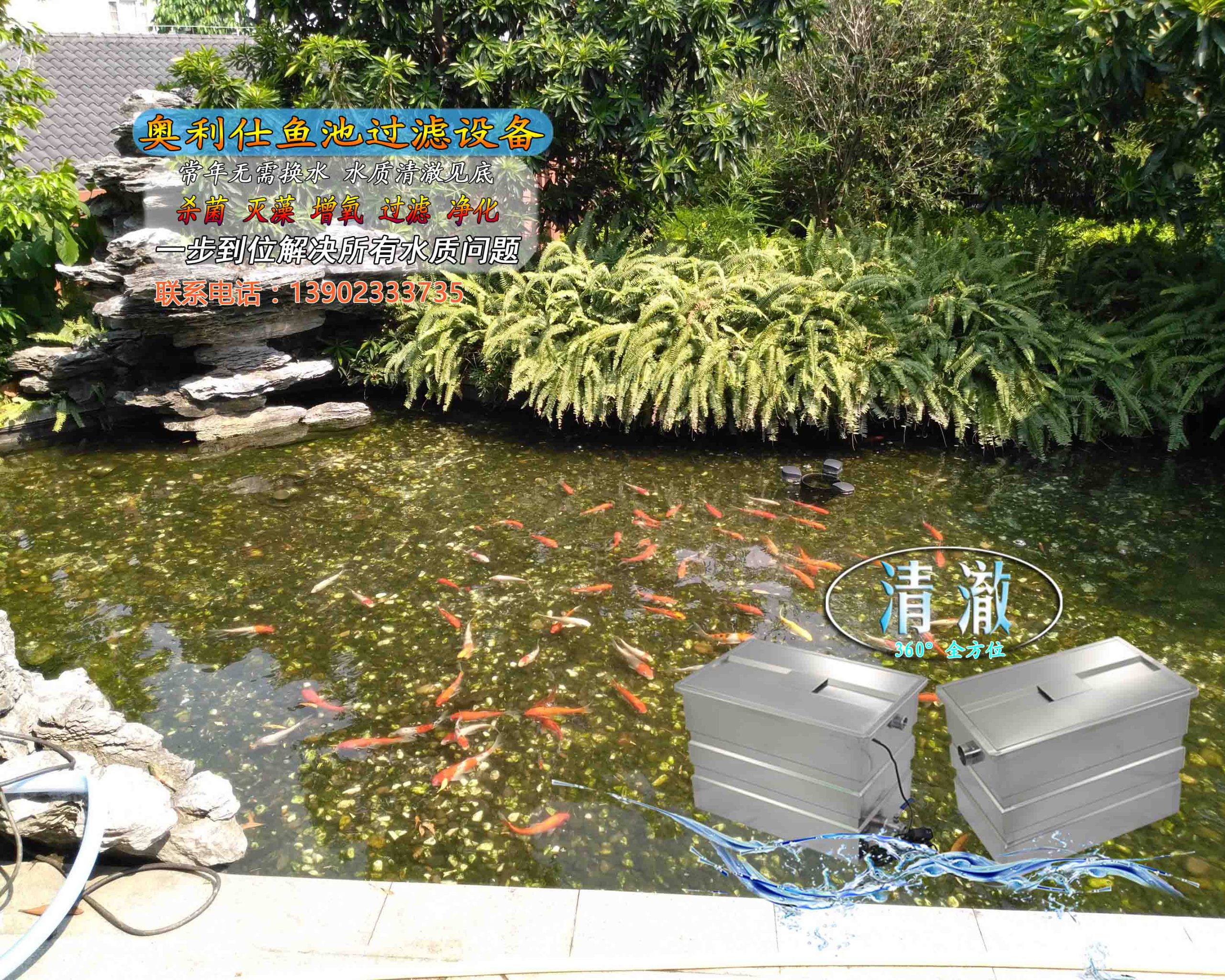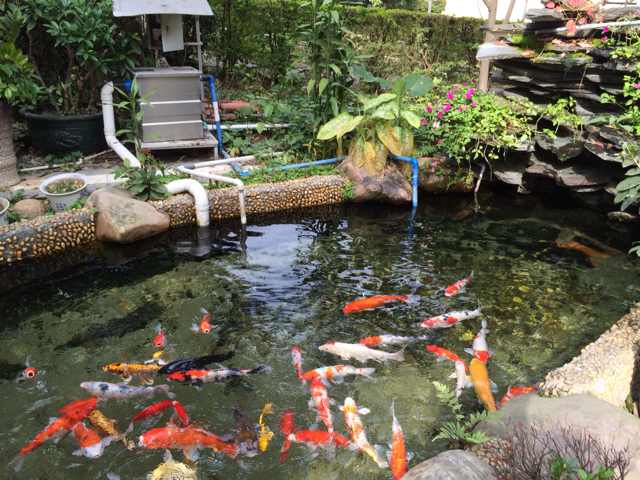common problems
contact details
 Ollies (Guangzhou) Recreation and Sports Equipment Co.
Ollies (Guangzhou) Recreation and Sports Equipment Co.Tel: (020) 82686289
Fax: 020-82694853
Headquarter: No.31-37, Xincun 2 Road, Shangjiang North Street, Dongzhou Village, Xintang Town, Zengcheng City, Guangzhou, Guangdong, China
Nutrients in feed
Koi in a home rearing environment generally have access to very little natural bait and rely mainly on artificial bait. However, the nutrition of artificial bait does not fully satisfy the nutritional needs of koi, and there may be some nutritional excesses and some nutritional deficiencies. Unbalanced nutrition will not only affect the growth of koi, make koi body quality decline, but also cause fish disease in serious cases.
carbohydrate
Koi take protein from food and hydrolyze it into amino acids in the digestive tract, which are used to synthesize fish proteins or broken down to produce heat energy. The protein requirement of koi is higher than that of livestock and poultry, and the protein requirement of feed for juvenile fish is generally 40-48%, and that of adult fish is 28-33%. When the protein content of feed is lower than the required amount, the growth of koi will be slow; when the protein content is too low, the weight gain of koi will stop or even the weight will be lost, and the body quality will be reduced, and the ability of resistance to disease will be lowered; and if the composition of protein is unreasonable, the intake of ten essential amino acids required (which cannot be synthesized by themselves) is insufficient, the growth rate of koi will also be reduced. If the protein composition is not reasonable and the intake of the ten essential amino acids (which cannot be synthesized by themselves) is insufficient, the growth rate of koi will also decrease.
If the protein content of the feed exceeds the required amount, the protein accumulation of the fish remains almost unchanged and the weight gain is not proportional to the protein content of the feed. This will not only cause protein waste, its metabolites will also pollute the water quality. Because fish have the ability to preferentially utilize amino acids to provide energy, the metabolites of amino acids are mainly excreted into the water in the form of ammonia, and excess protein will increase ammonia excretion.
carbohydrates
Digestible carbohydrates in the feed can not only provide heat, but also participate in many metabolic activities of the body, and as a precursor for the synthesis of non-essential amino acids and nucleic acids and is used by fish; indigestible cellulose improves the palatability of the feed and prolongs the passage of food through the digestive tract and promotes intestinal absorption. Feed containing appropriate amount of carbohydrates can also improve the utilization of protein. In China, the amount of vegetable protein in fish feed is large, so the carbohydrate content is too much. Excessive carbohydrate content in feed will cause disorders of sugar metabolism in fish, resulting in the accumulation of fat in the internal organs. The main part of the lesion is the liver. A large amount of hepatic sugar accumulation and fat infiltration will cause hepatomegaly, and severe fatty liver can also cause liver lesions, which will cause the liver to lose its normal function. The development of fatty liver can be controlled by increasing the amount of choline, inositol and vitamin C in high carbohydrate feeds.
fat (in the body, in a plant, or in food)
The fat contained in the feed cannot be directly utilized by fish, but must be broken down into glycerol and fatty acids under the action of lipase before it can be absorbed by fish. The main physiological role of fat is to provide energy for the life activities of fish, and also to provide fish with essential fatty acids (EFAs). Fish can make full use of fat, not good use of carbohydrates, they often through the consumption of protein to supplement energy, so in the feed to add the appropriate amount of (low melting point) fat, to increase the digestible energy content of the feed, reduce the energy consumption of fish protein, you can achieve the effect of saving protein.
Fat is very easy to oxidize the material, oxidized fat produced by aldehydes, ketones, acid toxic to fish, ingesting spoiled fat feed, a month after the koi may suffer from thin back disease. Adding sufficient amount of vitamin E to the feed can prevent the oxidized fat from poisoning the fish.
Inorganic salts and trace elements
Inorganic salts and trace elements are important components of fish body tissues, and are indispensable nutrients for maintaining normal metabolism of fish body substances and ensuring normal physiological functions of various tissues and organs.
Inorganic salts, also known as minerals, are the main mineral elements required by fish: seven macronutrients, potassium, sodium, calcium, magnesium, phosphorus, sulfur and chlorine, and trace elements such as iron, copper, iodine, manganese, zinc, iodine, cobalt, molybdenum and silicon. Fish can absorb inorganic salts dissolved in water, but the types are very few, so supplementing inorganic salts from feed as nutrients is still necessary.
Symptoms of inorganic salt and trace element deficiencies in fish are broadly described below:
Phosphorus deficiency: loss of appetite, slow growth, skeletal abnormalities, head deformities, spinal curvature, increased body fat storage, loss of fish body water, loss of bone weight.
Magnesium deficiency: poor growth, high mortality, abnormal swimming condition, cramps, increased skeletal calcium, flexion, muscle stiffness, kidney stones.
Zinc deficiency: poor growth, high mortality, inflammation and erosion of skin and fins, cataracts. Manganese deficiency: poor growth, slow movement.
Copper deficiency: poor growth, hypochromic proteinaceous anemia. Iron deficiency: hypochromic microcytic anemia. Selenium deficiency: abnormal musculoskeletal development, high mortality.
Iodine deficiency: poor growth, impaired thyroid function, lumps in the lower part of the gills.
Related content
- Don't let rotting tails affect the koi's aesthetics
- What kind of water is good for fish? Talking more about green water for fish
- What to do if the water in your fish pond is unclear? How to keep the water fresh and clear
- Are you ready for the golden age of koi growth?
- What causes new koi to get sick easily?
- Case Sharing--Foshan Shunfeng Mountain Park 3600 square meters landscape pool purification project
- Case Sharing||Huizhou-- Intelligent Terminal Beidou Industry Production Project Fountain Fish Pond Purification Project
- Guangdong Guanyinshan National Forest Park 300m³ landscape fish pond purification project

